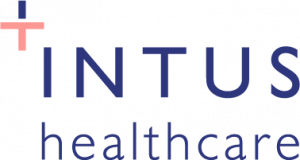BiPAP Machines
At the moment we don’t have any BiPAP machines available. If you need guidance on acquiring a BiPAP machine please contact our customer services by calling free on 0800 024 8050, this websites contact form or email us at: contact@intushealthcare.com.
There is a definite difference between the different types of Continuous Positive Airway Pressure (CPAP) breathing therapy devices.
As a quick review, fixed pressure CPAP is a constant pressure; usually set by your doctor or sleep technician. Automatic CPAP varies the pressure depending on your needs (ramp feature). The pressure can be more tolerable and less immediate at the beginning of the night. As you sleep deeper and your airway relaxes more, you may need more force to open your airways and aid breathing.
BiPAP, what is the difference?
A complaint from some CPAP users is that the constant singular pressure is difficult to exhale against. For example, users with high-pressure settings may need to put more force in to breathe out.
The primary feature of a BiPAP machine compared to CPAP is the two pressure setting.
- (ipap) The pressure for inhalation
- (epap) A lower pressure for exhalation
The duel setting allows the user to get more air in and out of their lungs.
BiPAP machines can also have breath timing feature.
The timing feature measures the number of breaths per minute a person should be taking, if the time between breaths exceeds the limit, the machine can force the person to breathe by temporarily increasing the air pressure.
At this point, it is important to stress that you need a doctor or sleep technician to confirm your need for this type of therapy.
Who would Benefit from BiPAP therapy?
- BiPAP machines are often prescribed to sleep apnea patients with high-pressure settings or low oxygen levels.
- BiPAPs are often used after CPAP has failed to treat individual patients adequately.
- BiPAPs can be helpful for patients with cardiopulmonary disorders such as congestive heart failure.
- Often prescribed to people with lung disorders or certain neuromuscular disorders.

